Tai Hing Brush Filaments for Industrial Cleaning Robots: Superior Performance for Efficient Cleaning
In industrial cleaning, the performance of brush filaments plays a crucial role in equipment efficiency and longevity. Tai Hing’s industrial cleaning robot filaments—crafted from PA612, PA66, PA6, and PP—offer exceptional chemical stability, mechanical strength, impact resistance, high flexural recovery, and ultra-low water absorption. Engineered for complex working environments, they are the ideal choice for businesses seeking to enhance cleaning quality.
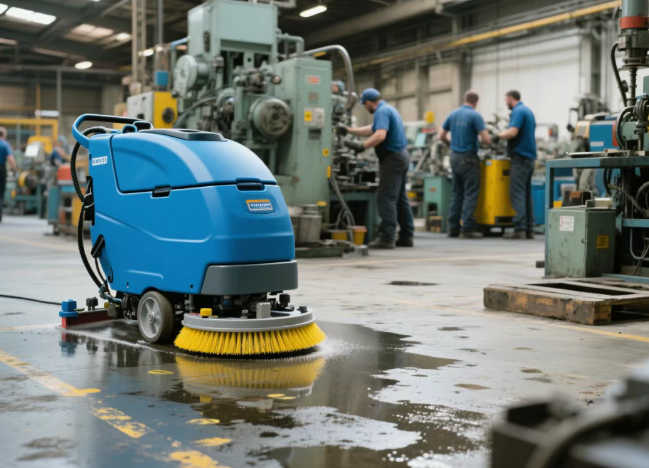
I. Key Performance Advantages
1. Consistent Straightness & Structural Integrity
Our filaments undergo advanced heat-setting processes, ensuring superior straightness and rapid bending recovery. This minimizes long-term issues like bending, curling, or splaying, extending brush life while maintaining a full, evenly distributed brush head structure for sustained cleaning efficiency.

2. Versatile Hardness for Diverse Environments
With precisely calibrated hardness, our filaments adapt seamlessly to smooth tiles, rough concrete floors, and intricate production lines. They effectively penetrate hard-to-reach gaps and corners—areas inaccessible to manual cleaning—boosting cleaning efficiency, reducing reliance on manual labor, and lowering operational costs.
3. Heat Stability & Long-Term Durability
Enhanced through proprietary strengthening techniques, our filaments deliver superior resistance to acids, alkalis, and abrasion, paired with robust resilience. Their stable heat resistance performs reliably across temperature variations, while long-lasting wear resistance ensures consistent performance in high-frequency operations—enabling effective cleaning across multiple scenarios.

4. Excellent Chemical Compatibility
At room temperature, our filaments exhibit strong stability against inorganic acids, alkalis, salt solutions, detergents, and greases. Compatible with a wide range of cleaning agents and disinfectants, their performance remains uncompromised even with strong chemicals, supporting deep-cleaning processes alongside equipment.
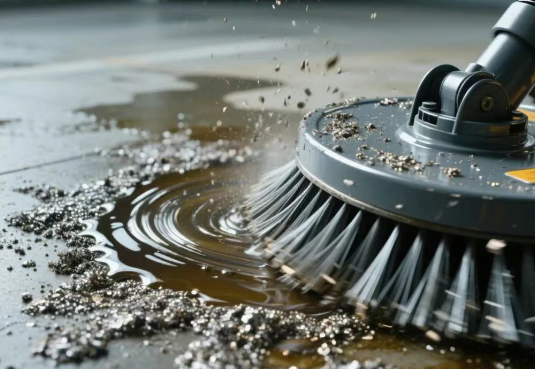
5. Effective Anti-Entanglement & Static Dissipation
Industrial robots generate significant static electricity during operation, attracting hair and debris, which can lead to tangling and potential circuit damage. Tai Hing’s anti-static filaments efficiently dissipate static (conductivity: ≤10⁹-10¹¹Ω, compared to ≥10¹⁴Ω for standard filaments), preventing tangling at the source while safely capturing micro-particles.
II. Industrial Application Cases
In workshops, where metal shavings, oil residues, and dust are prevalent, Tai Hing’s PA612 filaments balance rigidity and flexibility. They are powerful enough to dislodge debris yet gentle enough to avoid scratching surfaces. Their straightness ensures thorough coverage across large areas, while their ability to reach tight gaps reduces safety hazards from leftover debris.
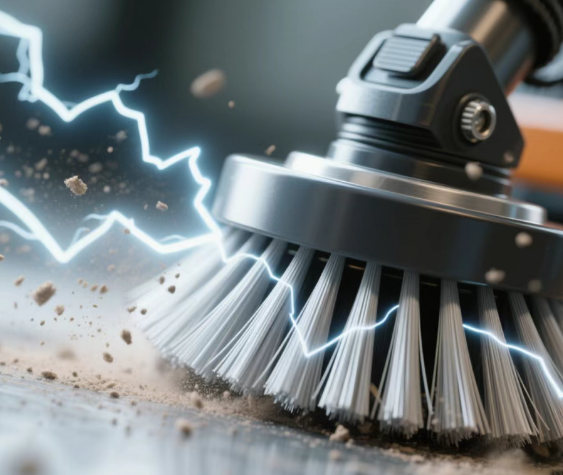
1. Semiconductor Cleanrooms
Semiconductor production requires ultra-high cleanliness, as even micro-particles can compromise product quality. Our chemical resistance ensures compatibility with aggressive cleaning agents and disinfectants, maintaining performance without degradation. The anti-entanglement design prevents fiber buildup, and stable heat resistance adapts to varying cleanroom temperatures—ultimately reducing defect rates caused by contamination.
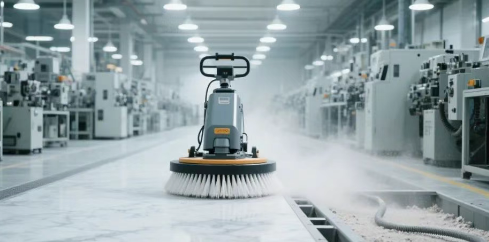
2. Precision Instrument Factories
In facilities with complex surfaces, these filaments adapt to both smooth floors and equipment crevices. Their gentle yet effective cleaning avoids surface damage, while impact resistance minimizes wear from collisions—extending brush life and ensuring consistent cleaning accuracy, which is critical for maintaining instrument production precision.
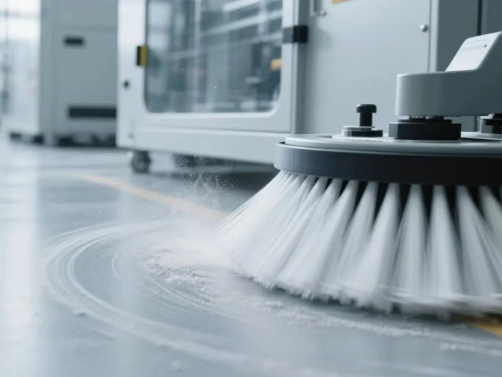
Tai Hing’s industrial cleaning robot filaments combine high-quality materials with multi-dimensional performance advantages, meeting the rigorous standards of modern industrial cleaning. They empower businesses to enhance cleaning management, reduce costs, and boost operational efficiency.






























